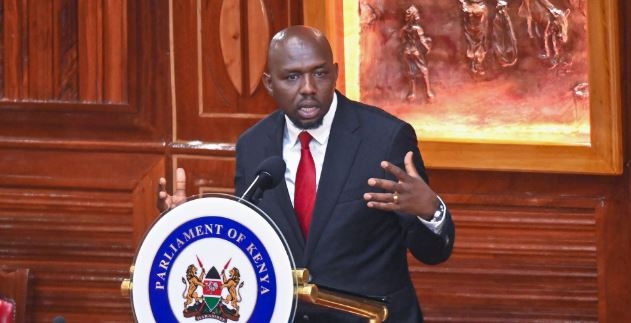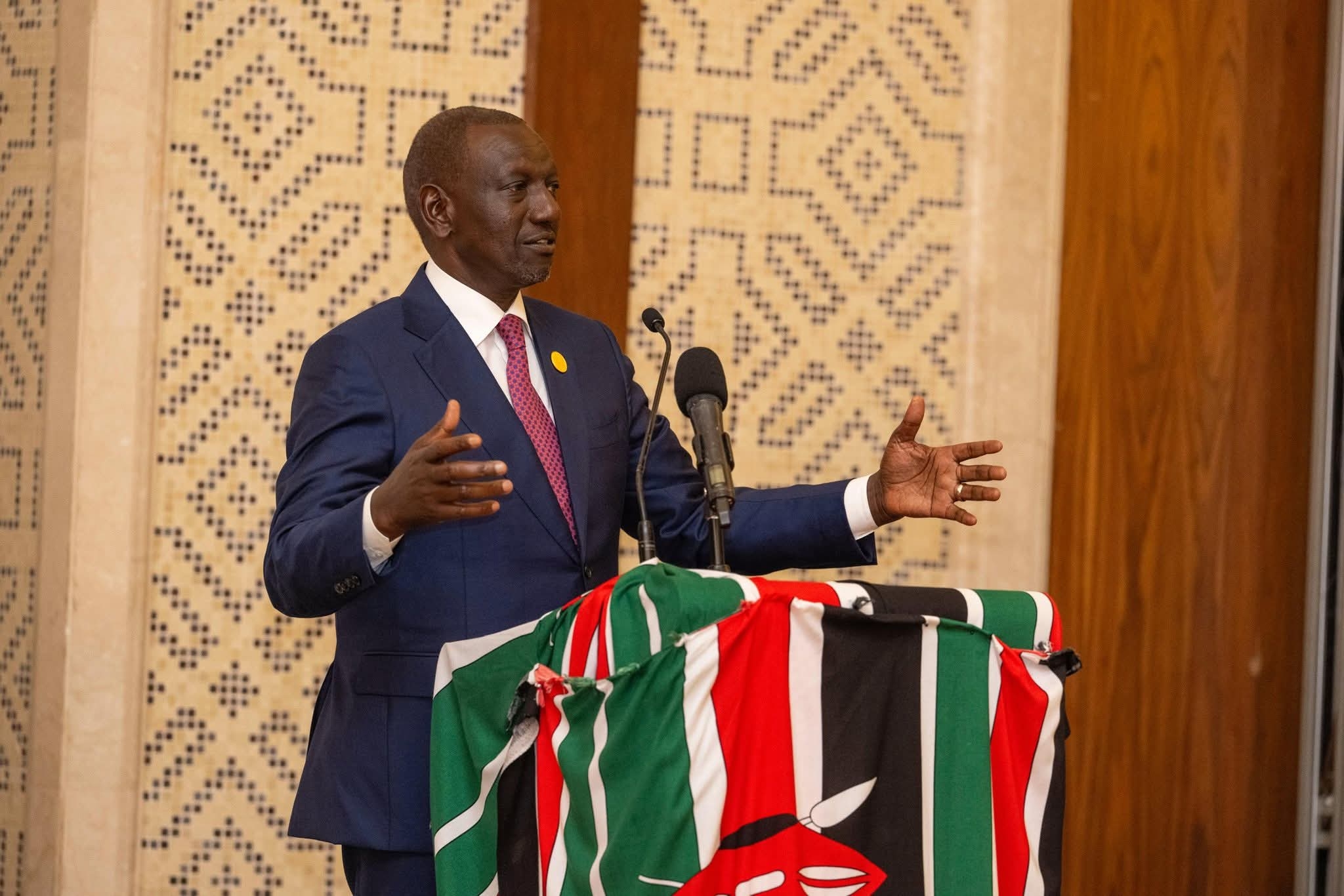Tributes have continued to pour in for celebrated preacher and founder of Jubilee Christian Church Bishop Allan Kiuna.
Kiuna died at a hospital in Nairobi where he had been admitted, a family spokesman said.
He was diagnosed with multiple myeloma cancer in 2018/2019.
Bishop Kiuna shared with the public his battle with cancer.
Kiuna had been open about his struggle with cancer since December 2023, when he revealed that he had spent nearly a year in the United States undergoing treatment.
He expressed gratitude to God for seeing him through the challenging ordeal.
What you need to know about Multiple Myeloma
This is cancer of plasma cells.
According to the Mayo Clinic, plasma cells are a type of white blood cell in the bone marrow.
With this condition, a group of plasma cells becomes cancerous and multiplies.
The disease can damage the bones, immune system, kidneys and red blood cell count.
Mayo Clinic says in multiple myeloma, cancerous plasma cells build up in bone marrow.
The bone marrow is the soft matter inside bones where blood cells are made.
In the bone marrow, the cancer cells crowd out healthy blood cells.
Rather than make helpful antibodies, the cancer cells make proteins that don't work right. This leads to complications of multiple myeloma.
Multiple myeloma treatment isn't always needed right away.
If the multiple myeloma is slow-growing and isn't causing symptoms, close watching might be the first step.
For people with multiple myeloma who need treatment, there are several ways to help control the disease.
According to Mayo Clinic, early in multiple myeloma, there might be no symptoms.
When signs and symptoms happen, they can include
Bone pain, especially in the spine, chest or hips, nausea, constipation, loss of appetite, mental fogginess or confusion, tiredness, infections, weight loss, weakness, thirst and the need to urinate often.
Causes of Myeloma
It's not clear what causes myeloma.
According to Mayo Clinic, multiple myeloma begins with one plasma cell in the bone marrow.
The bone marrow is the soft matter inside bones where blood cells are made.
Something happens that turns the plasma cell into a cancerous myeloma cell.
The myeloma cell begins making a lot more myeloma cells quickly.
Healthy cells grow at a set pace and die at a set time. Cancer cells don't follow these rules. They make a lot of extra cells. The cells continue living when healthy cells die.
In myeloma, the cancer cells build up in the bone marrow and crowd out the healthy blood cells. This leads to tiredness and not being able to fight infections.
The myeloma cells continue trying to make antibodies, as healthy plasma cells do.
But the body can't use these antibodies, called monoclonal proteins or M proteins. Instead, the M proteins build up in the body and cause problems, such as damage to the kidneys.
Myeloma cells can damage bones and increase the risk of broken bones.
Factors that may increase the risk of multiple myeloma
Getting older - Most people are diagnosed in their late 60s.
Being male - Men are more likely to develop the disease than are women.
Being Black - Black people are more likely to develop multiple myeloma than are people of other races.
Having a family history of multiple myeloma- Having a sibling or parent with multiple myeloma increases the risk of the disease.
Having monoclonal gammopathy of undetermined significance, also called MGUS - Multiple myeloma starts as MGUS, so having this condition increases the risk.



















